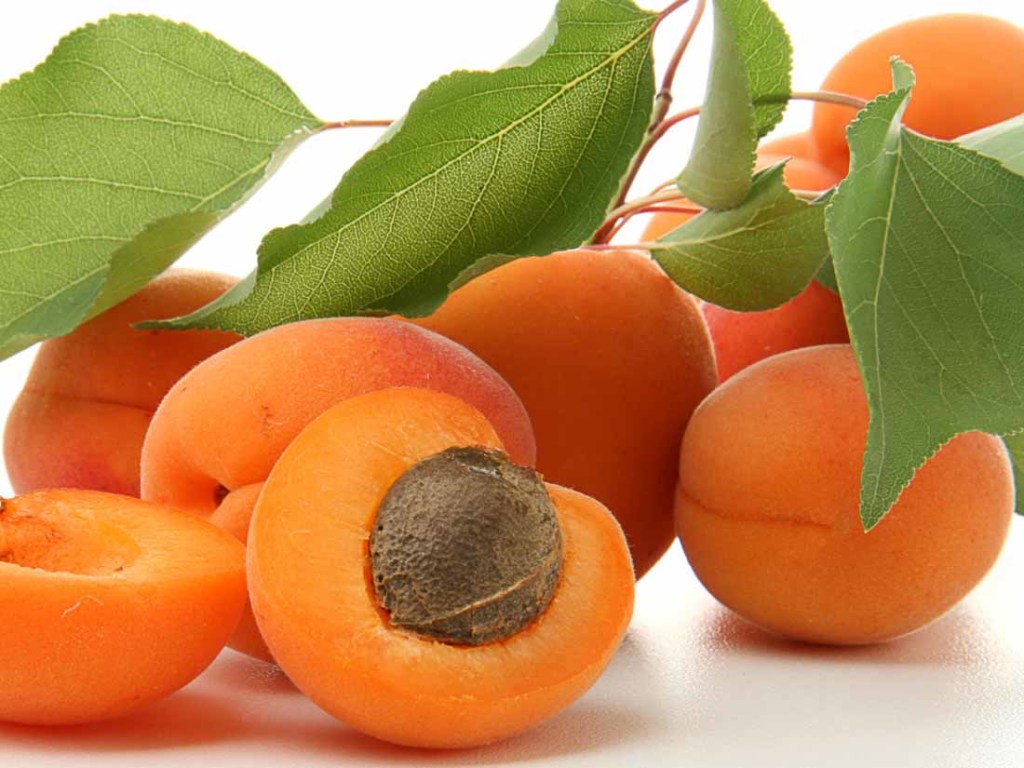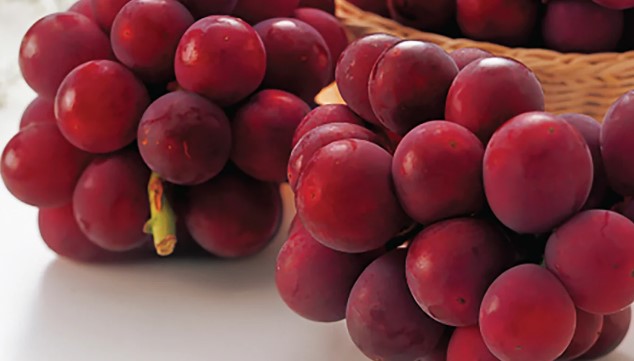Apricots are native to the mountains of Asia and need freezing weather during their dormant period. Though quite a cold-hardy, they are happiest in long-summer areas in Zones 6 – 8, especially the west coast. Since they bloom very early in spring, they don’t thrive in areas such as New England where spring weather is erratic and can kill the tender flower buds, thus keeping the trees from fruiting.
The tangy fruits are very rich in vitamins and are grown on 20-foot trees that are very long-lived in favorable climates. Apricots are beautiful orange-colored fruits full of beta-carotene & fiber that are one of the first signs of summer. However, dried and canned apricots are available throughout the year. Fresh apricots with a plenteous supply of vitamin C and are in season in North America from May till August.
Therefore any fresh fruit you see during the winter months has been imported from either South America or New Zealand. Relatives to peaches, apricots are small, golden orange fruits, with velvety skin and flesh, not too juicy but certainly smooth and sweet. Nearly describe their flavor as almost musky, with a faint tartness that lies somewhere between a peach and a plum.
Select a Site for Apricots
Though southern slopes are good in mild climates, avoid them in areas where early bloom can be frost nipped, choosing a northern exposure so bloom will be delayed. Don’t plant apricots near tomatoes or any other members of the Solanaceae or near melons, raspberries, or strawberries, all of which can transmit disease.
It is even best to avoid places where these plants have grown within five years. Plant the trees a good 25 to 30 feet apart unless they’re dwarfs. The branches spread wider then the tree is tall.
Soil for Apricots
Soil should be deep, with no interference from the subsurface rock. Fertile, well-drained loam is ideal; clay soils are all right if not too heavy; sandy soils, because they warm quickly in spring, can cause a too early bloom.
Planting the Apricots
Buy one-year-old trees and plant them in early spring while dormant (fall in mild climates). Cut the top back to 2 to 2 ½ feet.
Growing the Apricots
Since apricots are deep-rooted they need to be thoroughly watered, especially when the fruiting buds are developing. Don’t overfeed them, though, and avoid high nitrogen fertilizers that can produce soft fruit with pit burn. Too much growth too fast can also produce weak branches. Thinning helps produce larger fruit, reduces strain on the branches, and keeps the fruits free of disease.
Often late frosts will drop some fruit on their own later; but if it doesn’t thin fruits to about three inches apart when they’re thumb-sized. Prune apricots as you would apple trees, heading back to the top when it reaches the desired height and keeping it open enough to let in sun to ripen the fruit. Fruiting spurs will stop producing after a few years and should be pruned out to favor new growth.
Pests and Diseases to Apricots
Several diseases can plague apricots. Brown-rot fungus covers the flowers with gray spores; if you can catch it at this stage and prune out affected areas it may not injure the fruit later. Bacterial canker (black spots on fruit, purplish spots on leaves) should also be pruned out.
Blackheart, a verticillium fungus, may appear as wilting leaves in early summer and as black streaks within the wood. Avoid growing apricots with the plans mentioned above. Pit burn makes the flesh near the pits turn mushy. Keep the roots cool with mulch in hot weather, and avoid overfeeding. Wounding trunks can cause crown gall, so protect them.
Cankerworms that attack the trees may be deterred by a sticky material wrapped around the trunk (commercially available). Fight borers by promptly removing all dead or diseased wood, including any lying on the ground. Some pests that bother plums and peaches, such as plum curculio and peach-tree borer, also affect apricots.
Harvest Apricots
You can expect to start harvesting some fruits three or four years after planting. A healthy mature tree can produce as much as 250 pounds of apricots. Pick when the fruit is ripe and can be picked easily but before it loses its firmness.
Varieties of Apricots







